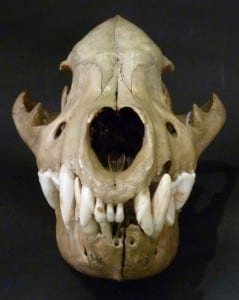Celebrating Marvellous Maps!
By Nick J Booth, on 9 October 2014
Whenever I’m giving an introduction to the UCL Geology Collections there is one part of the collection that is pretty much guaranteed to get even the least engaged, non-geological undergrad at their 9am lecture on a Monday interested…our maps. There’s something about stopping what you are doing and exploring a map that just seems to interest people. Perhaps it’s the fact that with most maps the more you look the more you see; the more time you spend looking the more you are rewarded.
The 13th – 19th October is International Earth Sciences Week, and Friday 17th is Geological Map Day, so with this in mind UCL Earth Sciences and UCL Museums invite you to a very special pop-up event…
‘Marvellous Maps’ will be hosted in the Rock Room on Friday 17th October by UCL Earth Sciences, between 1 – 5pm.
 Close
Close







